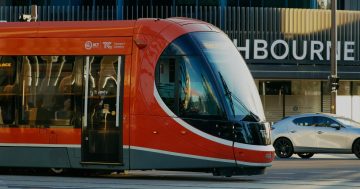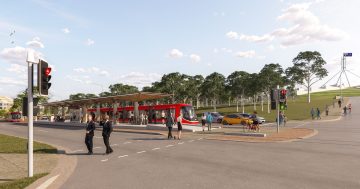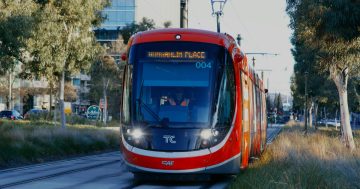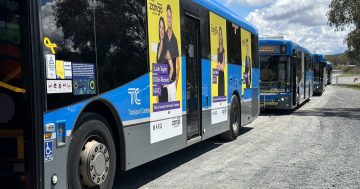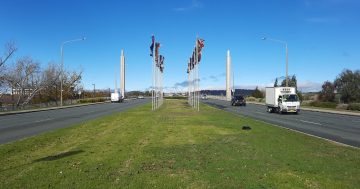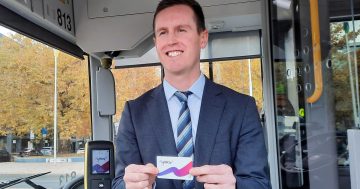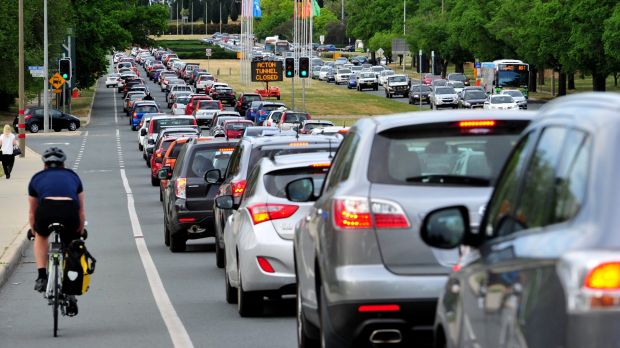
It’s arguable that our last Territory election was effectively a referendum on whether or not we wanted to move ahead with the most significant shift in transport planning our city has seen since its inception. To be sure, the ongoing resistance displayed by some Canberrans against light rail shows just how ingrained our car-centric transport culture is. But here’s the thing; sometimes cultural habits can be harmful, and when it comes to what cities are for and how they function, a car-centric transport culture is precisely that.
Cities are places that came about at the dawn of human civilisation and reflected our evolution from bands of hunter-gatherers, into settlement focussed, organised societies. Cities were places that allowed humanity to harness our two greatest assets standing us apart from the animal kingdom; the ability to employ high cognitive function, i.e. our brains, and to come together for combined social activity. Bringing people together, cities were the cauldrons of human endeavour leading to advances in science, organisation, and industry which set us on the trajectory towards the outright dominance over nature and quality of life we now enjoy.
It is therefore the case that for tens of thousands of years, long before the time of modern city planning, we built cities which evolved in an organic way, reflecting our need to be close to one another for basic needs like protection, but also higher order needs like competition and cooperation in figuring out new ways of doing things. For that reason, cities were compact; formed on the basis that people were its primary users, having to walk, or later use horse-drawn carriages through the spaces between buildings. These spaces, or as we would call them now – streets – provided not only a means of transporting goods, but the public realm in which a diverse mix of people interacted on a daily basis. This urban agglomeration where people lived, worked and played all at once, provided such diversity and cross-pollination of ideas that when we got the sanitary conditions right, our societies exploded.
Then along came the car. As our most inefficient form of transport, cars demand disproportionate amounts of space to operate. At their proliferation advent in the early to mid-twentieth century, cars were a poor fit into dense urban locations and many cities destroyed great swathes of older areas to both move and store them. Planners, particularly in the Anglosphere, saw the opportunity to open up hitherto undeveloped outlying land by building roads, roads, and more roads such that the majority of new urban dwellers through the latter half of the twentieth century were now living in suburbs. We became accustomed to this kind of city as the norm.
Unfortunately, this norm has actively damaged the fundamental social underpinnings of what a city is for. Busy roads push away social activity, and can devolve otherwise decent people into sociopaths behind the wheel. Cities like Canberra, based on a roads only, car dominant transport paradigm, allow for vast swathes of single function land use, i.e. suburbs, office parks etc, totally lacking in diversity. People who cannot drive are relegated to non-citizen status and forced to feed off the scraps of under resourced public transport systems. The local economy suffers as the convenience of large shopping malls and big box retailers, who provide cheap and plentiful parking to people who are effectively forced to drive anyway, muscle out small businesses, or force them into paying exorbitant rents. Our city’s environment and budget suffer as political pressure mounts to build more and more pavement and other associated infrastructure to support the free and easy movement of cars. And our political discourse suffers as any attempt to address the problem, like building light rail for example, is met with uninformed, nonsensical arguments concerned with not upsetting the traffic status quo.
Canberra, we’re going to have to change our ways. Our transport culture has been a toxic one, but it seems to be slowly changing. The support for better public transport and active transport (walking and cycling) that exists in the community now, must be built upon and encouraged. As well as looking at better ways for us to move around, we need to stop and understand what a city is for – is it for motorists, or is it for people?
What do you think? Is our city a people friendly place?













